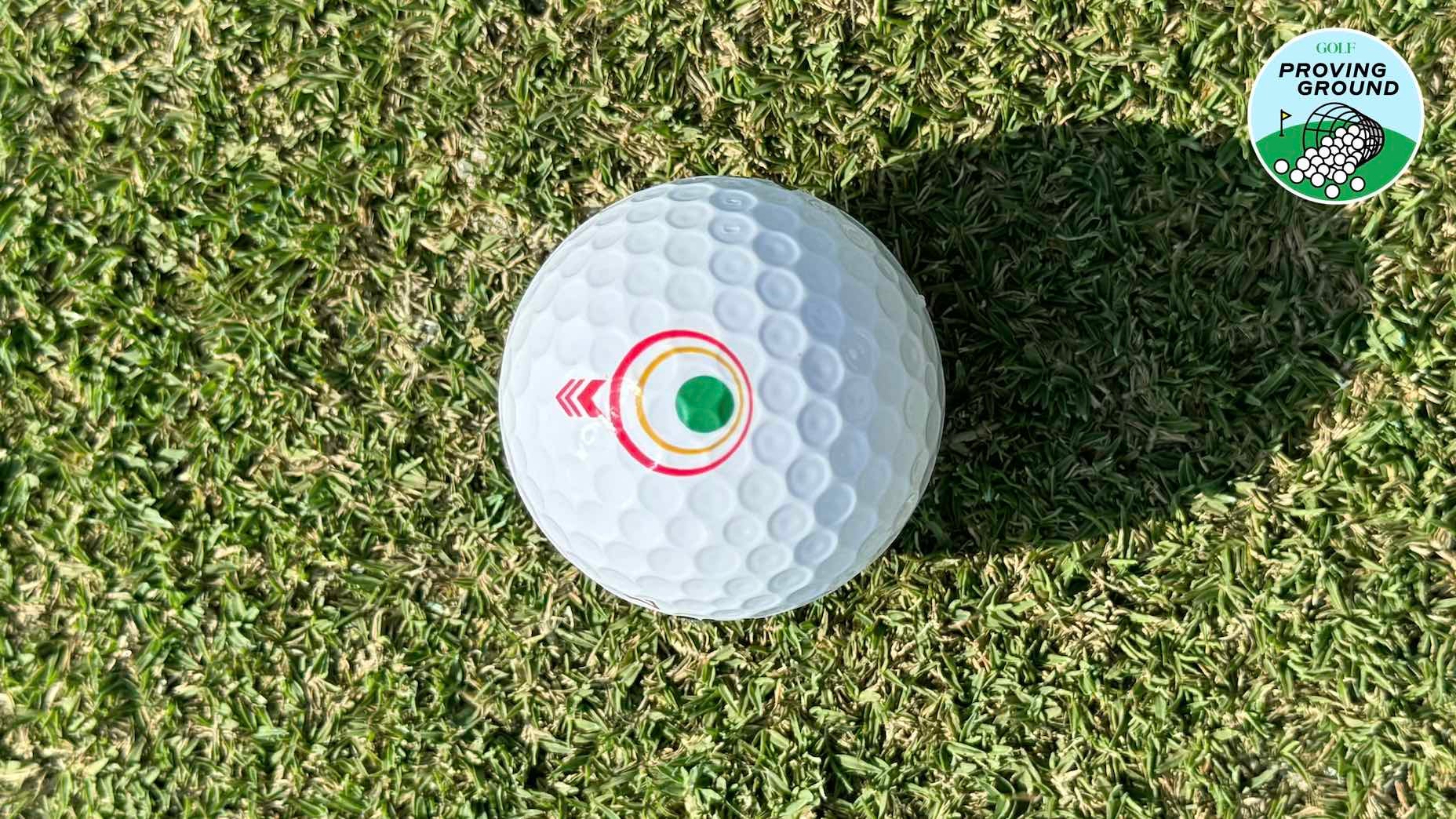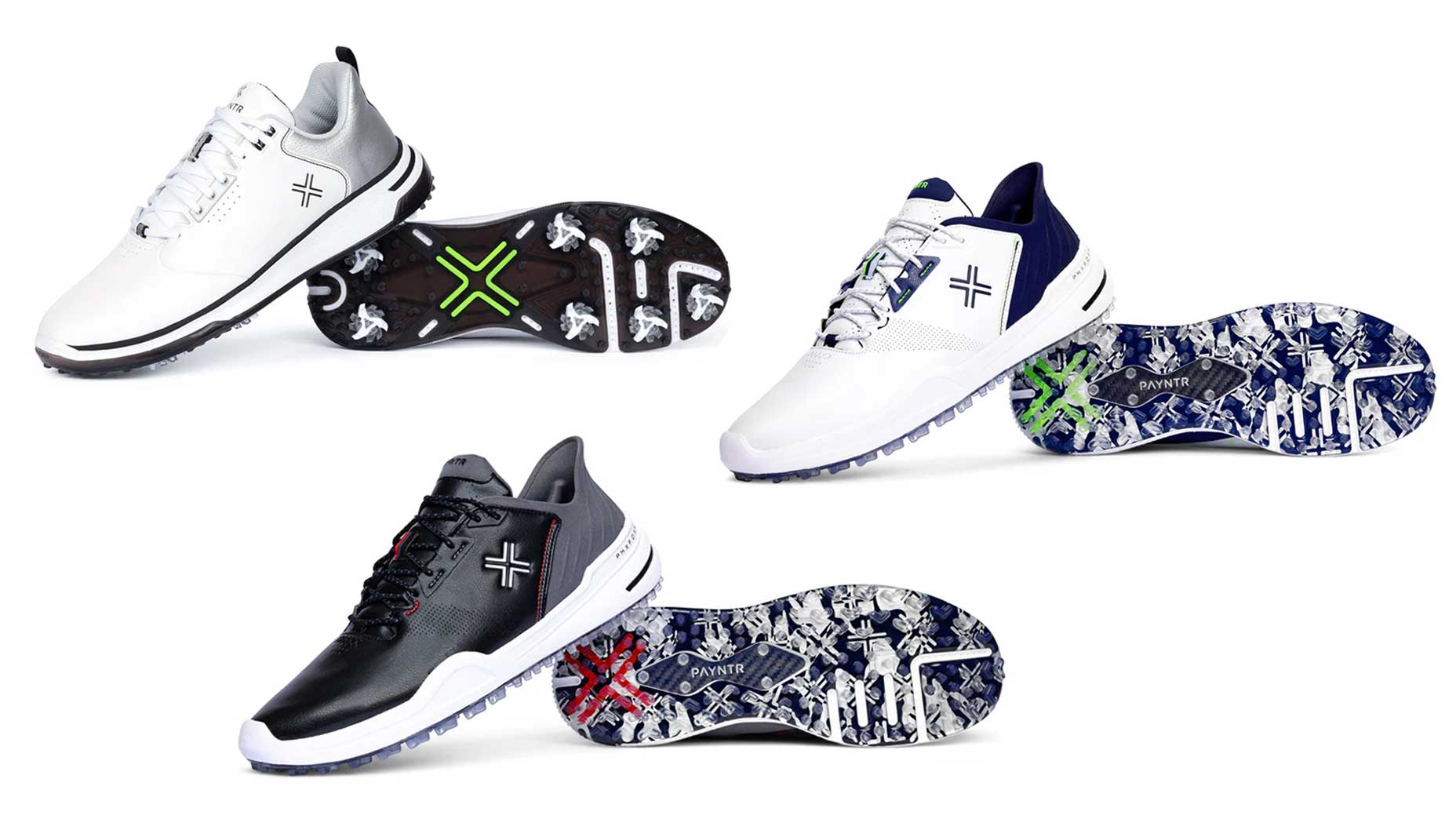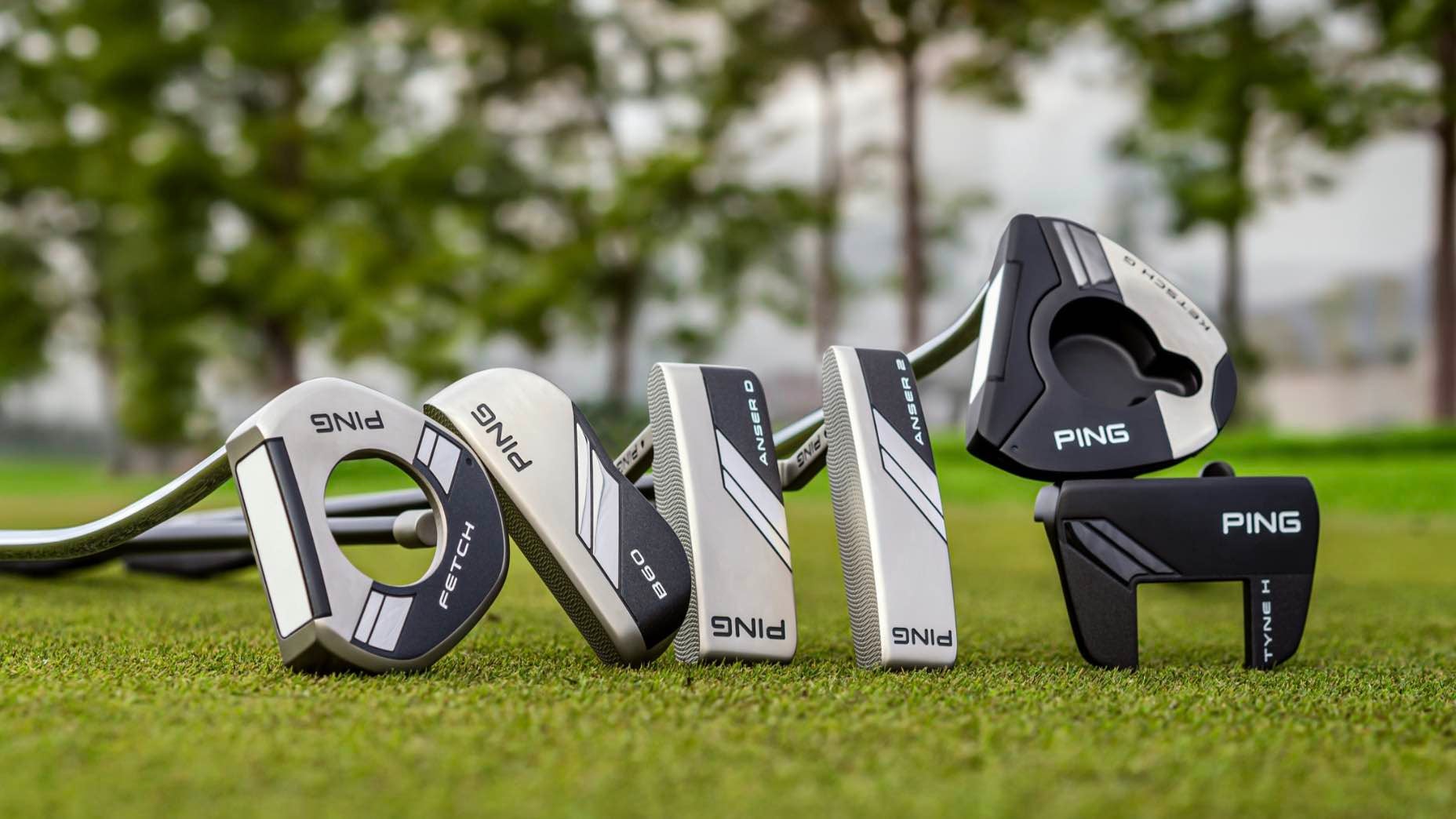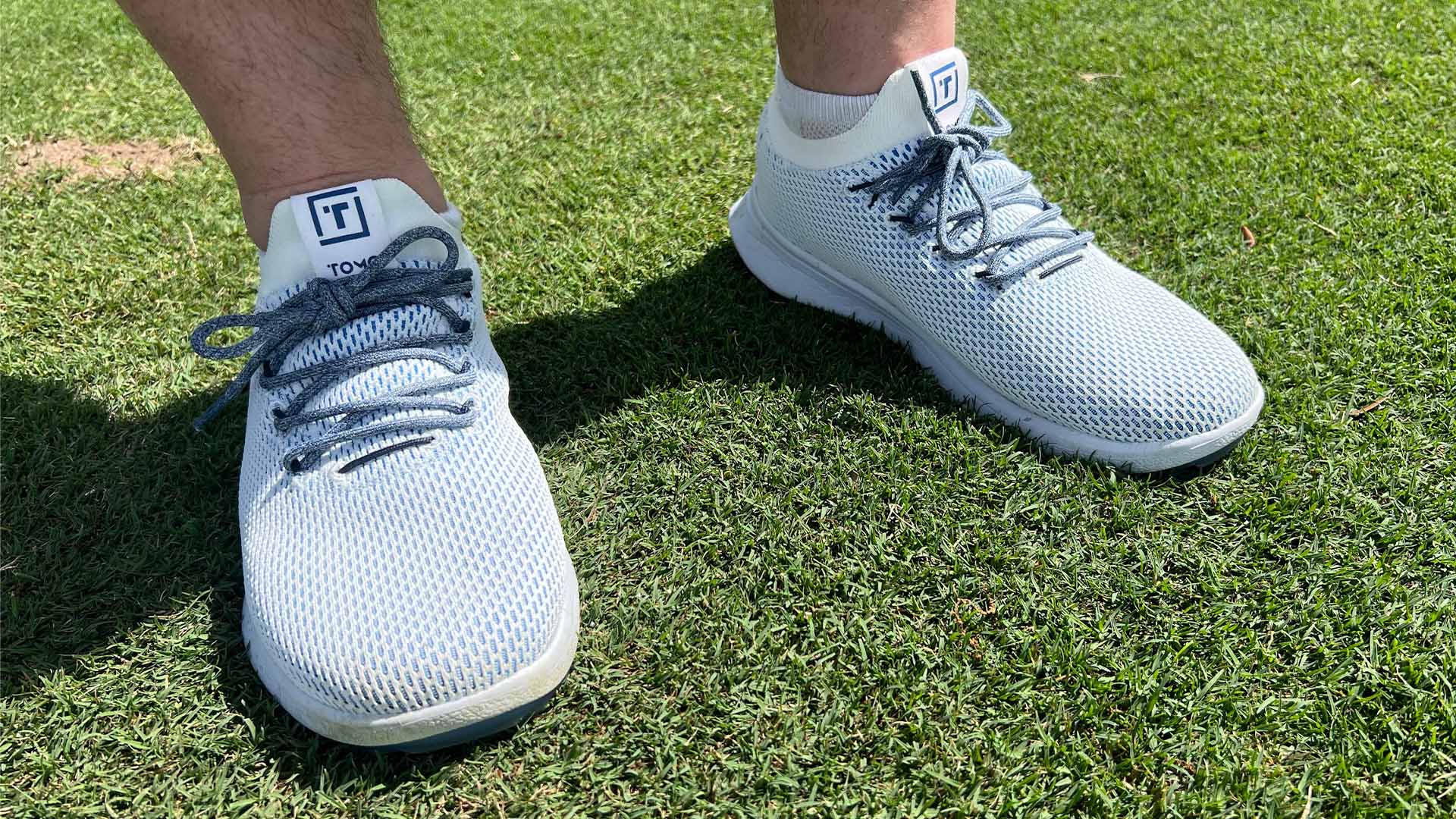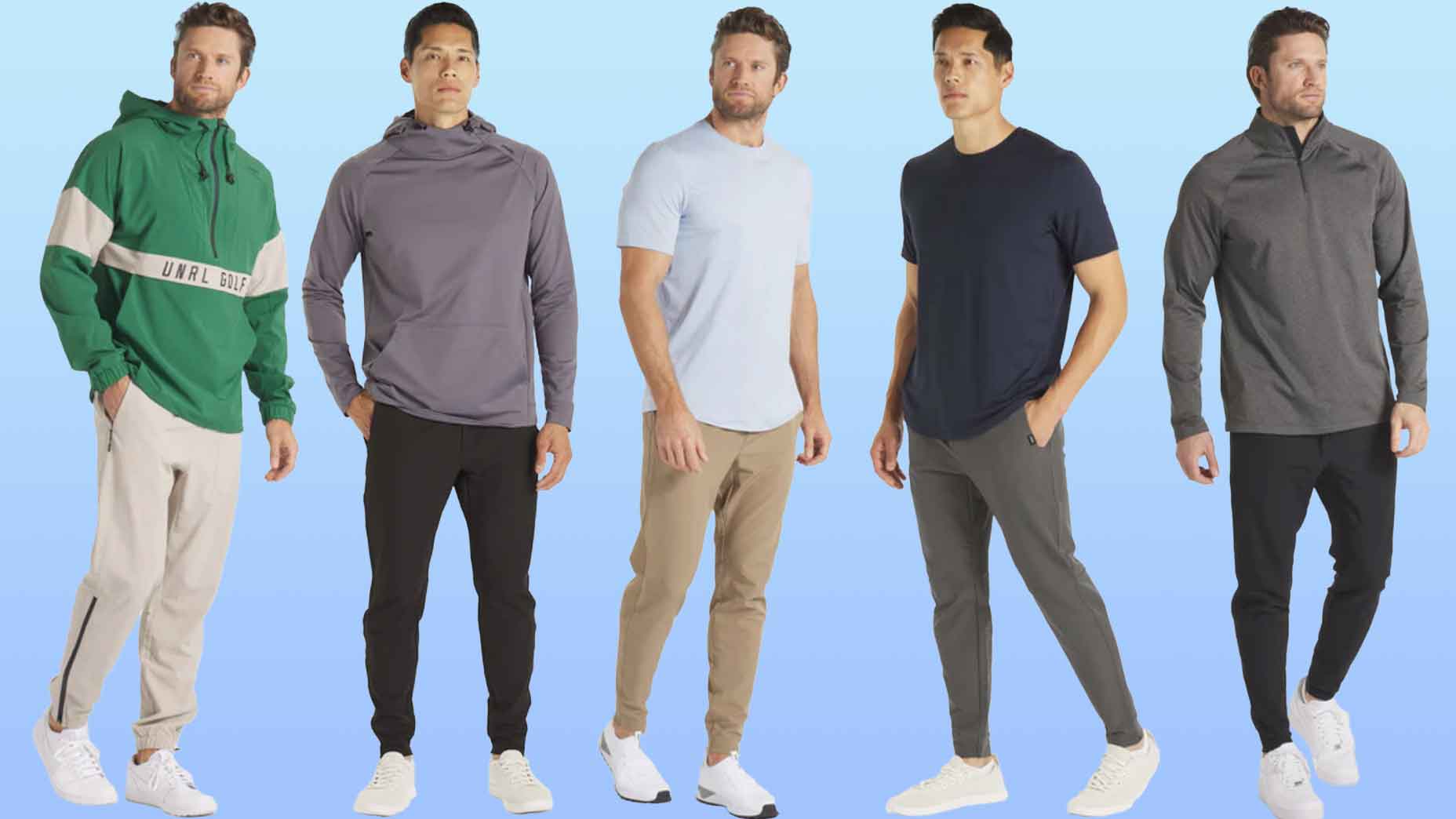Welcome to another edition of Yo, Gear Guy!, an interactive GOLF.com series in which our resident dimplehead (a.k.a., GOLF’s deputy editor of equipment, Mike Chwasky) fields your hard-hitting questions about clubs, fittings, gadgets, bounce, lofts, CG, MOI, and a bunch of other scary acronyms. Got a question for Gear Guy? Hit us up on Twitter or Facebook.
leftsharksdancecoach on Reddit: Christmas was awesome this year, but now I’m stuck with a tough decision. My parents bought me the Bushnell Tour V4 Patriot (laser rangefinder), and my in-laws got me a Garmin Approach S20 (gps watch). Blown away by how nice the presents were but my wife says I need return one: Which should it be?
Glad Santa was kind to you this year and that you have a nice problem to deal with at the start of the New Year. Really, it depends on your preferences. These days a lot of players really enjoy the variety of features provided by GPS watches, which often not only provide yardages but allow for scorekeeping, stat monitoring, long drive measuring, and a number of other fun stuff. However, some players like myself can’t stand to wear a watch on the golf course and much prefer the accuracy and simplicity of a good rangefinder like the Bushnell. If possible you should experiment with both before making your decision, particularly if you don’t normally wear a watch while you play. I would add that while GPS units can be great, the guys who play golf for a living tend to trust laser rangefinders. In the end it’s up to you.
Jake Roos on Facebook: I’ve noticed many tour pros wear sunglasses and watches in competition rounds. Do they not feel that the weight of a watch, or the change in focal distance caused by sunglasses is a compromise? I notice it myself, and I certainly don’t require the precision of their game. Some guys even put the glasses on and off during the same hole. Is this more of a mental thing?
Not that many players actually wear either item in competition — watches stand out when you see them, and other than Phil Mickelson I can’t think of many who don a timepiece on the course. Watches are definitely a problem for a lot of players as they can significantly affect feel during the swing. Tour players will often slip a watch onto their wrists as they head from the 18th hole or scoring tent to a press conference. Gotta keep those sponsors happy.
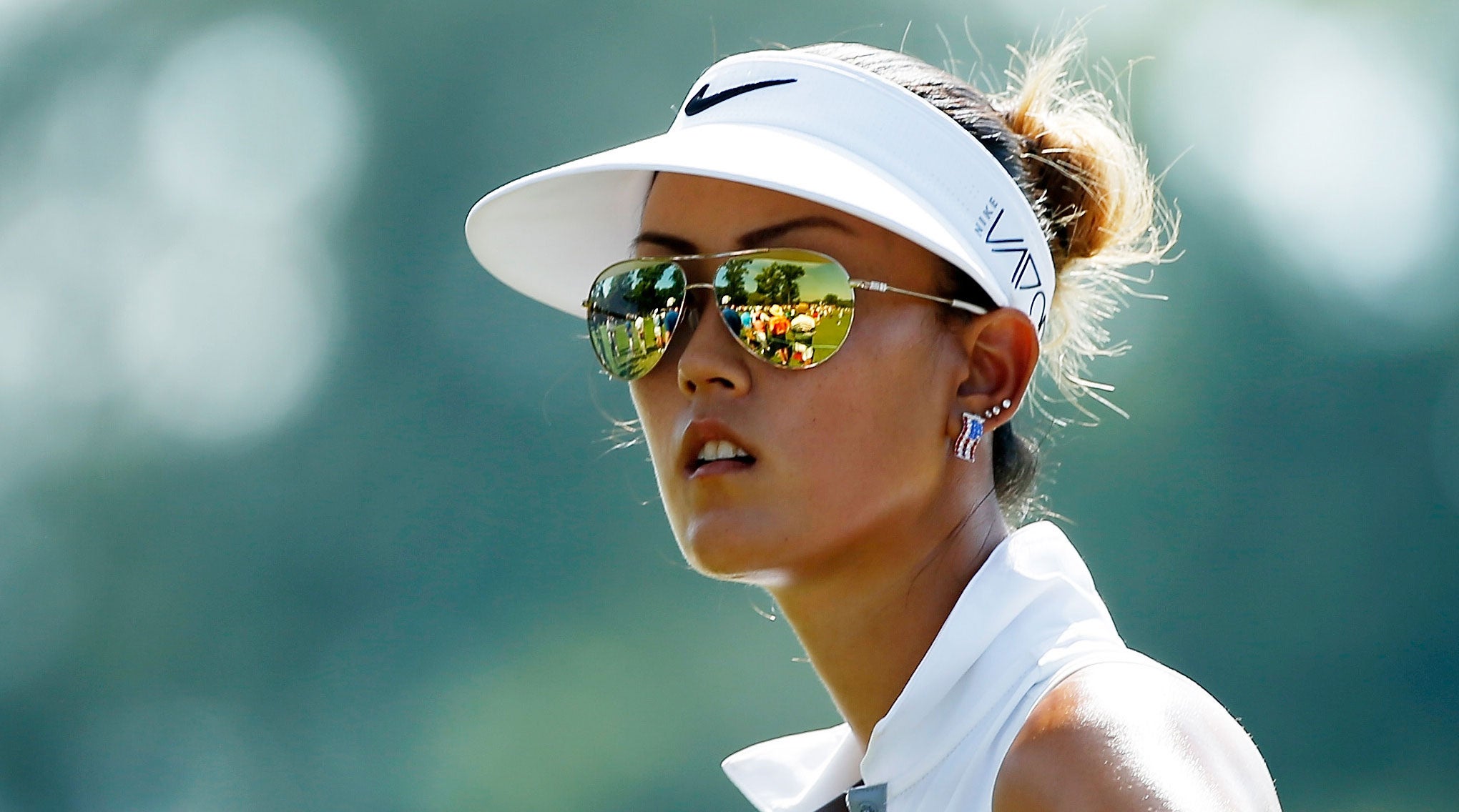
As far as sunglasses go, despite what we know about the damage long term exposure to the sun can cause to one’s eyes, the vast majority of professional golfers don’t wear them when they play. The reason is just as you say — sunglasses can negatively affect depth perception and if you’re not used to them they can be uncomfortable. They also can make reading greens much more difficult for some players. Justin Rose, who’s been on fire of late, recently stopped wearing sunglasses because he felt he could putt better without them.
If you’re concerned about your ocular health but struggle with sunglasses, I recommend experimenting with a few different lens tints. Personally I had a hard time playing with sunglasses for a long time, but since I found a tint that works for me (brown, which is great for contrast and not too dark), I wear them for nearly 100% of my rounds.
@mbs2515 on Twitter: I just got a 56 degree wedge with 8 degrees of bounce. My current wedge has 14 degrees bounce. Is this too radical of a change for me? (I’m a pretty decent player out of the bunker.)
In this case the proof is definitely in the pudding, so to speak. I can only assume if you’re asking then you haven’t put your new wedge through its paces yet. Not knowing what type of swing you have or what turf conditions you typically face (the two biggest issues when it comes to determining proper wedge bounce), it’s pretty tough for me to make an accurate call here. What you need to know is lower bounce wedges typically work much better for accomplished players who have a shallow angle of descent, meaning they don’t come down steeply on their wedge shots. Lower bounce wedges tend to dig into the turf at impact, and hence don’t work well for steep swings.
Firm turf conditions also tend to work better for low bounce wedges, so if you play in such conditions you might be in luck. All of this being said, more bounce for most players makes the club much more user friendly as wedges with higher a higher degree of bounce tend to dig much less and work for a wider variety of swings and turf conditions. Unless your 14-degree wedge was giving you problems I can’t see any reason why you would benefit from less bounce, but you’ll have to experiment to see what works best.
@dubug333 on Twitter: For Christmas, I got an orange whip wedge. I’m unclear if the objective is to keep the shaft from bending during practice swings. Please also explain the counter weight component of the club.
I haven’t actually tried the Orange Whip Wedge but Jim Hackenberg, the Orange Whip designer, and short game guru Stan Utley, both definitely know what their doing. Since the two combined to develop the product, I’d say you’ve got yourself a very nice training aid.
The objective of the Orange Whip Wedge is definitely NOT to train you to prevent the shaft from bending during practice, but rather the opposite. The product is designed to promote better sequence (body, arms, then clubhead), rhythm, and feel during the swing. This is the reason the shaft is flexible and the club is counterweighted — to force you so swing smoothly and feel the clubhead as it moves through your motion. The counterweighting simply promotes more clubhead feel, which is a significant benefit in this situation. If you want to get the most from the product try starting with some half and three-quarter shots, making sure you feel the shaft load and unload during your swing with your body and arms moving first and the clubhead passing through impact last.
You should experience an improvement in your tempo fairly quickly. With this type of product I like to hit some shots and then immediately switch to my regular club so I can retain the smooth feel. Try doing the same and you’ll be in business.
Matt Bergin on Facebook: I noticed a lot of clubs were unveiled this week. Which new clubs are you most intrigued to give a try yourself?
Yes, this is the time of the year when a ton of new models are introduced as the PGA Merchandise show is rapidly approaching. There’s a lot of innovative and exciting sticks coming down the pike, and like most of you I’d be interested in trying just about all of them.

That being said, of the gear that’s already been announced (not still under embargo), I’m happy to say I’ve already been lucky enough to demo much of the new TaylorMade M3 and M4 line, and it’s all pretty great. In fact, I was fitted for the new M3 driver and got the best numbers (17-degrees of launch, 1700 rpm of spin) I’ve ever achieved with a new big dog. I would also mention the Titleist AP3 irons, PING G400 drivers, Cobra F8 woods, and some top secret Callaway gear you’ll hear about soon, as some of the most interesting new gear to keep your eye on.
There are also some new ball models coming down the pike from big brands you’ll definitely want to try out, but I can’t tell you about them just yet.


